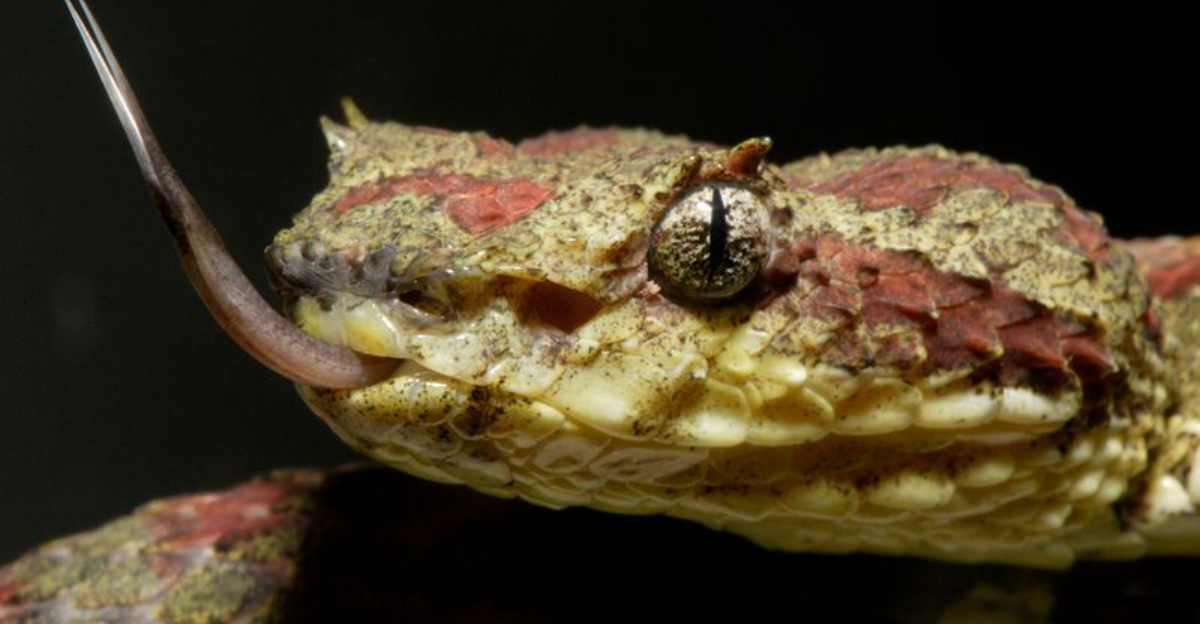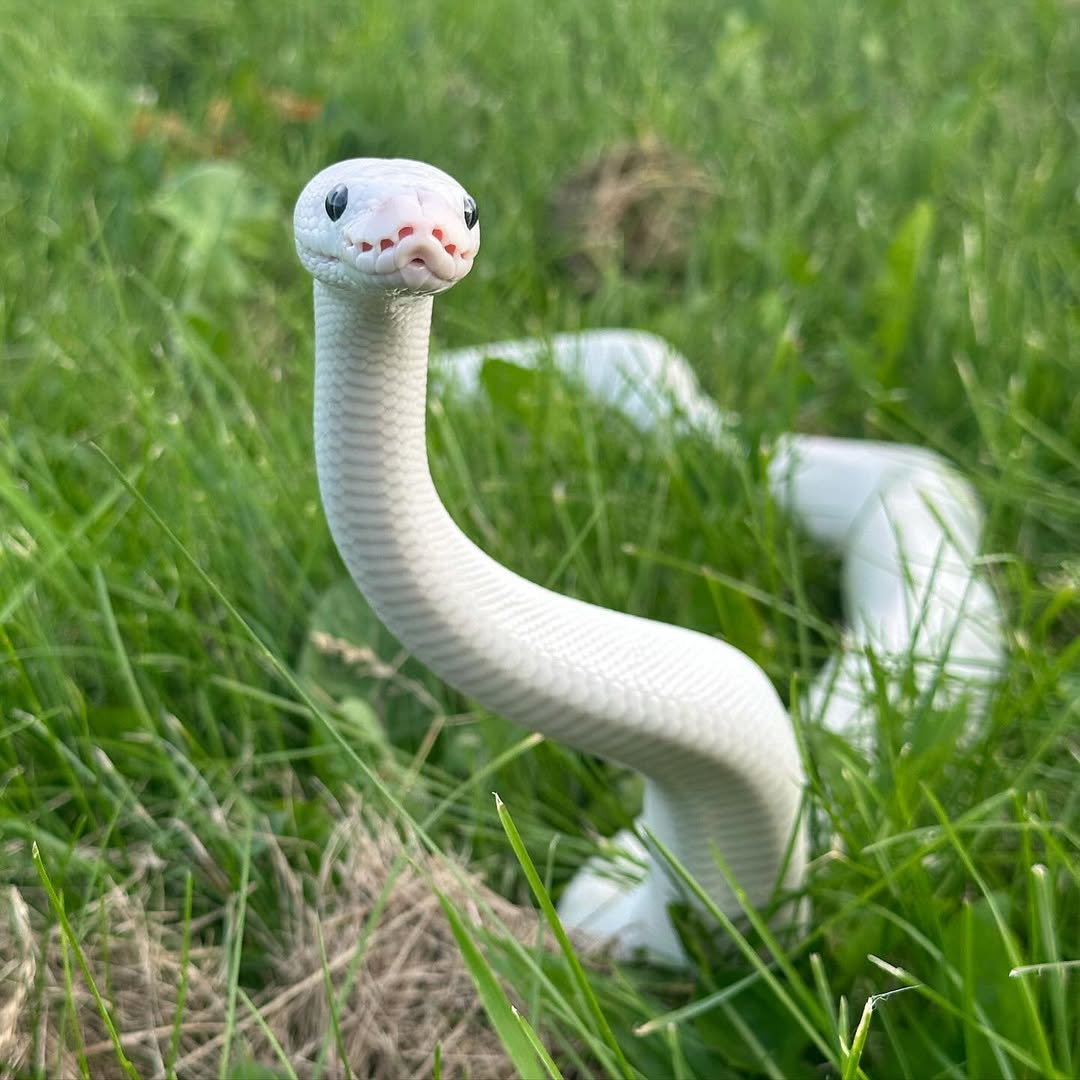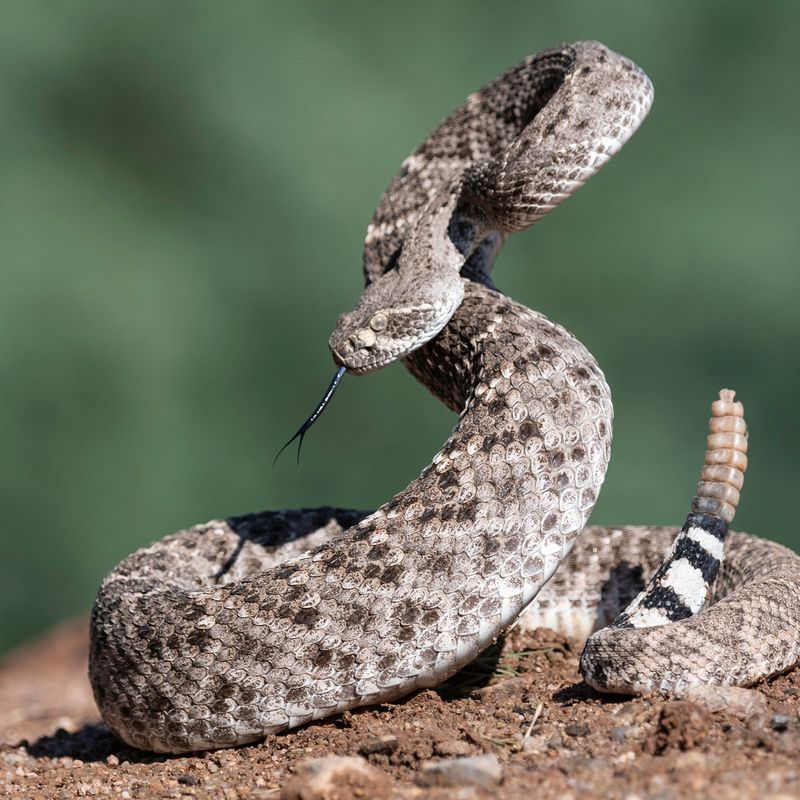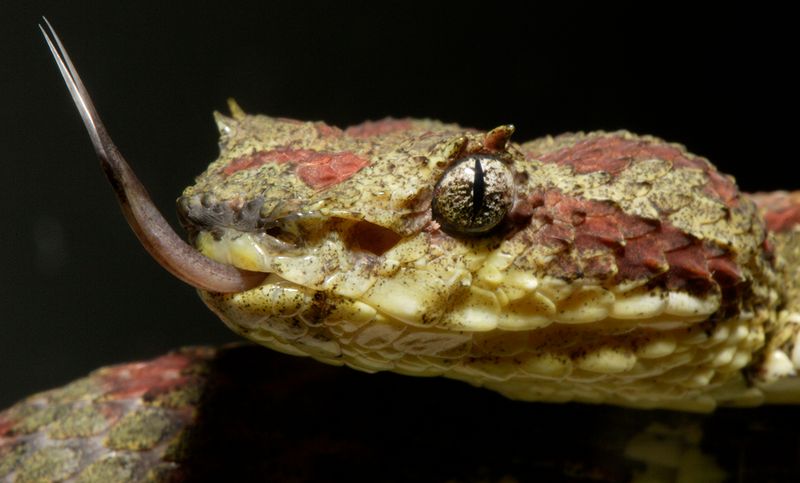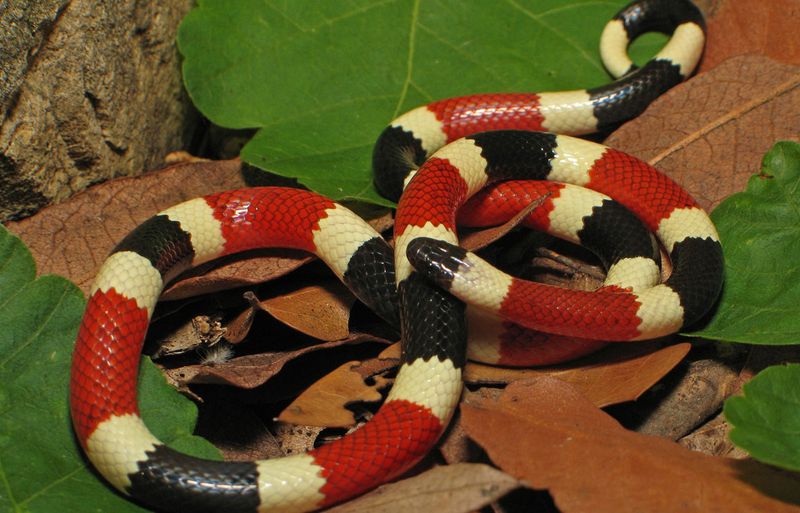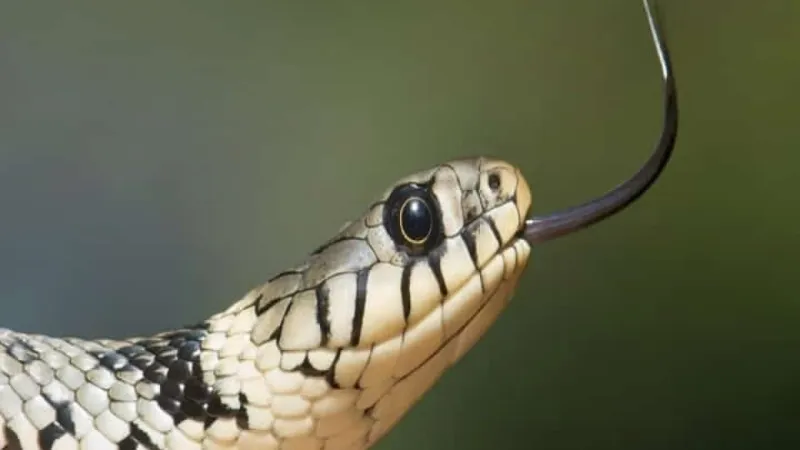📖 Table of Content:
Encountering a snake can be an unnerving experience, especially if you’re unsure whether it’s venomous. Being able to distinguish between venomous and non-venomous snakes is an essential skill for staying safe in the wild or even in your backyard. With a keen eye and some basic knowledge, you can identify key traits that help determine whether a snake poses a threat.
Certain physical features, such as head shape, eye characteristics, and body patterns, can provide clues about a snake’s potential danger. Behavioral traits, like aggression or defensive posturing, also offer important insights. However, it’s essential to approach every snake encounter cautiously, as mistaken identification can carry serious consequences.
We’ll introduce 6 straightforward ways to recognize venomous snakes and differentiate them from their harmless counterparts. By learning these distinctions, you can navigate outdoor spaces with greater confidence and minimize risks for yourself and those around you.
1. Observe the Head Shape
One way to determine if a snake is venomous is by observing its head shape. Venomous snakes often have triangular or diamond-shaped heads, unlike their non-venomous counterparts, which usually have more rounded heads. This distinct head shape is due to the venom glands located behind their eyes. However, head shape can be misleading, as some non-venomous snakes may flatten their heads to appear venomous when threatened.
Therefore, while head shape is a useful clue, it should not be solely relied upon. Stay cautious and consider other characteristics as well before making a conclusion.
2. Check for a Rattle
Rattlesnakes, known for their distinctive rattling sound, are venomous. Their tails have a series of hollow segments that create a rattling noise when vibrated. This sound acts as a warning to potential threats. Hearing a rattle is a clear sign that you are near a venomous snake, and it’s advisable to back away slowly.
However, not all venomous snakes have rattles, and some non-venomous snakes may mimic this sound by rustling leaves. Always be aware of your surroundings and look for other identifying features to confirm if a snake is venomous.
3. Examine the Pupil Shape
The shape of a snake’s pupils can provide insight into its potential danger. Venomous snakes often have elliptical, slit-like pupils similar to a cat’s eye, whereas non-venomous snakes typically have round pupils. This characteristic is particularly helpful when you are close enough to observe the snake’s eyes safely.
Remember, this method is not foolproof, as some non-venomous species may also have elliptical pupils. Always maintain a safe distance and use this information in conjunction with other identifying features to ensure accurate identification.
4. Look for Heat-Sensing Pits
Many venomous snakes, like pit vipers, have heat-sensing pits located between their eyes and nostrils. These pits allow them to detect warm-blooded prey even in the dark. If you spot these distinct pits, it’s a good indication that the snake is venomous.
This feature is specific to certain families of snakes and is a reliable identifier when present. However, not all venomous snakes have these pits, so it’s essential to consider other features as well. Recognizing these pits can enhance your ability to distinguish between venomous and harmless snakes effectively.
5. Assess the Color Pattern
Color and pattern can be significant indicators of whether a snake is venomous. For example, the coral snake has distinctive red, yellow, and black bands and is known for its potent venom. A helpful mnemonic is “Red touch yellow, kill a fellow; red touch black, venom lack.”
However, this rule only applies to certain regions, and mimicry by non-venomous species can complicate identification. Therefore, while color patterns can be useful, they should be used cautiously and in combination with other characteristics to avoid misidentification.
6. Consider the Snake’s Behavior
Behavioral patterns can also offer clues about a snake’s nature. Venomous snakes may exhibit aggressive behaviors such as hissing, raising their bodies, and quickly striking when threatened. Contrarily, non-venomous snakes might flee or remain passive. However, behavior can vary widely among individual snakes.
Some venomous snakes may also choose to retreat rather than confront a threat. Observing behavior should be part of a comprehensive approach to snake identification, always prioritizing safety. Using behavior as a guide, along with physical characteristics, can provide a clearer picture of a snake’s nature.
